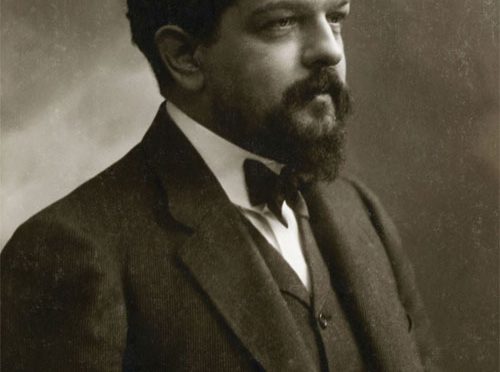The impressionists produced a massive boom of cultural significance and so did the nationalists and their affect on society lingers but no aesthetic has had more massive appeal than musical expressionism to today’s youth. What does that translate to in English? The impressionists, those who played the complexities, the points, of what we all see, Ravel and Debussy, and the nationalists, folk music practitioner for example, transformed this world but subjective emotion translated into music now thrills today’s youth.
Who are these expressionists? They seem to share one thing in common: songs that use poignant beats, meter, and synths to create an atmosphere. They tend to produce alter-narratives, ripping away the hegemony of narrative writing from the traditional guardians of our society who tell us all that are lives will be school, work, home, death. They bring in hurt, healing, and freedom into public sphere and in doing so have socialized millions to look forward to healing or to anticipate hurt.
Adele, England

An expressionist par excellence, we cannot see the bittersweet world that she sings to us given its private nature but can only imagine the distortion felt when she sings us about hurt and longing. We sit and stand amazed at a world of dark colors and of productive dissatisfaction. 21 is a fine expressionism and its climaxes express an interior and not a romantic exterior (war, power, conquest) which move us to sing along to “we / almost had it all ..”
Seu Jorge, Brazil

Seu Jorge’s song “Motoboy” sounds like a human’s experience living a city and perhaps is one of the great expressionist songs of this era. How he achieved this is the question and we can only imagine that solitude is behind it. Imagine living in a massive metropolis in a country marching in the streets to express their opinions and it is a plunge into human living. The expression of that is Seu Jorge.
Kamasi Washington, USA

In The Epic, what others do in quiet music, he does in loud Jazz. He expresses his habitus which includes his accumulation of experience, and by doing so seems to move his listeners beyond having to accept the immediate world. In his case, he does it with an entire band and that’s the beauty of it: all playing towards several colors and shapes to fall into.
—
Headline photo: Claude Debussy in 1908. This work is in the public domain in the United States because it was published (or registered with the U.S. Copyright Office) before January 1, 1923.


